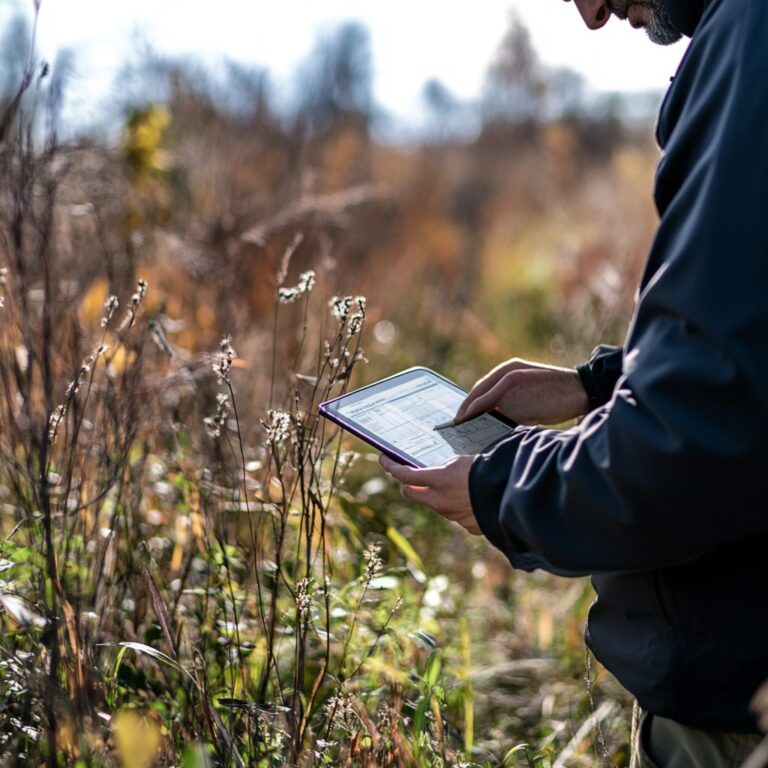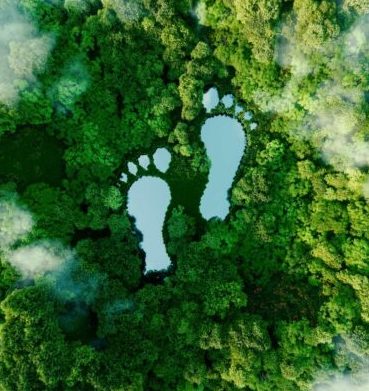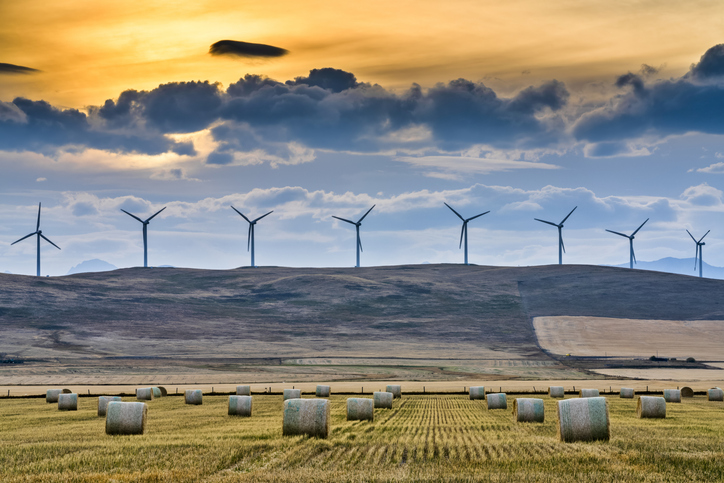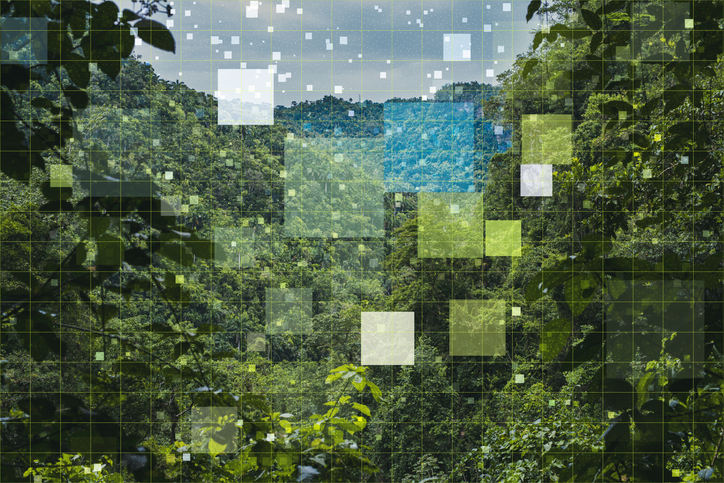Monday, June 30, 2025
SPONSORED STORY
Up to one million plant and animal species are at risk of extinction, many within decades, according to a recent United Nations report. This sobering statistic underscores the significant decline in global biodiversity. What’s causing populations of so many species to decline?
The short answer is us. Humans.
What are the five major threats to biodiversity?
- Habitat loss and degradation: When wildlife habitat is destroyed, it no longer provides the food, water and shelter species need to survive.
- Climate change: As global temperatures rise and extreme weather events become more frequent and severe, some species cannot adapt.
- Pollution: Contaminants that enter our air, soil and water can pose serious problems for ecosystems and the species that inhabit them.
- Invasive species and disease: Invasive species often have no native predators, allowing them to outcompete native plants and animals. This loss of biodiversity can reduce the resiliency of native ecosystems and disrupt food webs.
- Species over-exploitation: The overuse of wild plants and animals by people depletes populations, taking more from nature than it can provide.
Just as human-driven factors have created this crisis, it’s people, working together, who also have the power to change it.
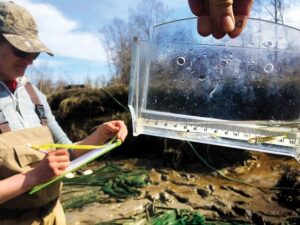
©DUC
The conservation actions required to address biodiversity loss are core to the work Ducks Unlimited Canada (DUC) has been doing for decades. It involves a multi-pronged approach of research, education, advocacy, industry partnerships and landscape-scale conservation operations.
- Continental approach: Nature doesn’t observe borders and when it comes to conservation, neither should we. Ducks Unlimited organizations in North America have banded together to conserve 15 million acres of wetlands and associated habitats that are critical for species that criss-cross international land, water and airspace.
- Sustainable agriculture: Protecting threatened habitats for waterfowl, grassland birds and other wildlife means finding ways of making conservation work for working agricultural landscapes. DUC has partnered with leading industry members and ENGOs to develop a sustainable agriculture framework and operates a diverse suite of initiatives that support biodiversity goals.
- Indigenous knowledge: Indigenous peoples hold traditional knowledge about how to protect nature, which is vital to future global biodiversity. DUC values partnership with Indigenous communities and governments and supports Indigenous Guardians programs across Canada. In 2018, DUC was proud to support the establishment of Canada’s first Indigenous Protected and Conserved Area at Edéhzhíe in the Northwest Territories and continues to support Indigenous land-use planning by braiding our knowledge systems to advance shared conservation goals.
- Advancing research and technology: Research and technological advances, such as drone technology and artificial intelligence, continue to be a powerful force in conservation. Remote-sensing tools have helped DUC map and manage vast swaths of Canada’s natural landscape. Data collected through research, conservation operations, academic partnerships and community science is now being used to develop predictive biodiversity modelling that supports data-driven decision making.
- Climate change adaptation: Extreme weather events are worsening, and are detrimental to wildlife populations and their habitats. DUC partnered with 15 leading insurance organizations to create Nature Force, a private investment in nature-based solutions for climate resiliency. These natural solutions include wetlands, which support biodiversity, sequester carbon, mitigate flooding and provide landscape resilience during periods of drought.
- Improving water quality: Access to clean water is critical for sustaining all life. DUC research has proven the effectiveness of restored wetlands in filtering nutrients like phosphorus before they reach our waterways. DUC has also advanced innovation around the use of aquatic vegetation in municipal water treatment and naturalized stormwater systems.
- Invasive species and disease management: Invasive species and disease pose serious threats to our wildlife, habitats, food security and economy. From educating the public about avian flu, to conducting research on biocontrol agents, to leveraging the latest technologies including micro-drones in our on-the-ground efforts, DUC is on the job.
- Restore, Recover, Rewild: Canada has lost up to 70 per cent of its wetlands in developed areas but there is still an opportunity to recover and create thriving natural habitats. While it is ideal to leave these habitats undisturbed, DUC is the country’s leading expert in recovering, restoring, and naturalizing wetland and upland habitats to help nature rebound.
- Advocacy: To achieve large, landscape-scale impact that’s so urgently needed, we need leadership. Advocating for provincial land-use planning and offset policies, membership in the Taskforce on Nature-related Financial Disclosures Forum, participating in national and provincial invasive species councils, and collaborating to propose a new federal Sustainable Agriculture Framework are just some of the ways DUC is working with key stakeholders to influence positive outcomes for biodiversity.
- Stopping species over-exploitation: Protecting our dwindling natural habitats while maintaining economic benefits and social values is a delicate balance. DUC’s science-based approach includes informing industry operating guidelines and providing resources to support responsible and sustainable practices. DUC also partners on protected wildlife areas and participates in waterfowl and wildlife population monitoring and surveillance projects, including the recently released Sea Duck Key Habitat Sites Atlas.
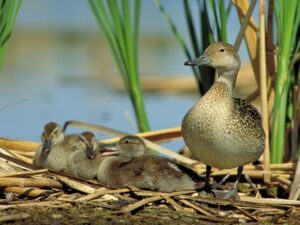
Our natural ecosystems and the wildlife that rely on these habitats are in trouble. Fortunately, by conserving and restoring these ecosystems we can stop these losses. Increased investment in nature-based solutions combined with sustainable land-use policies can yield positive outcomes for biodiversity while providing a host of other benefits to our communities.
Learn more about DUC’s approach to biodiversity.
Janine Massey is the Chief Marketing and Communication Officer at Ducks Unlimited Canada.








